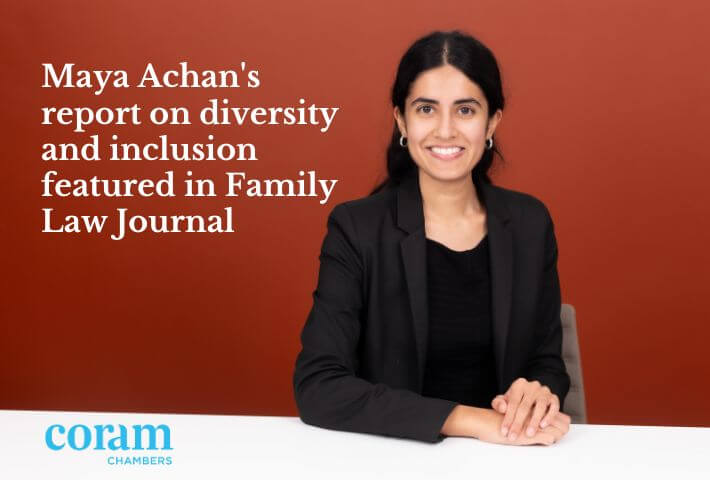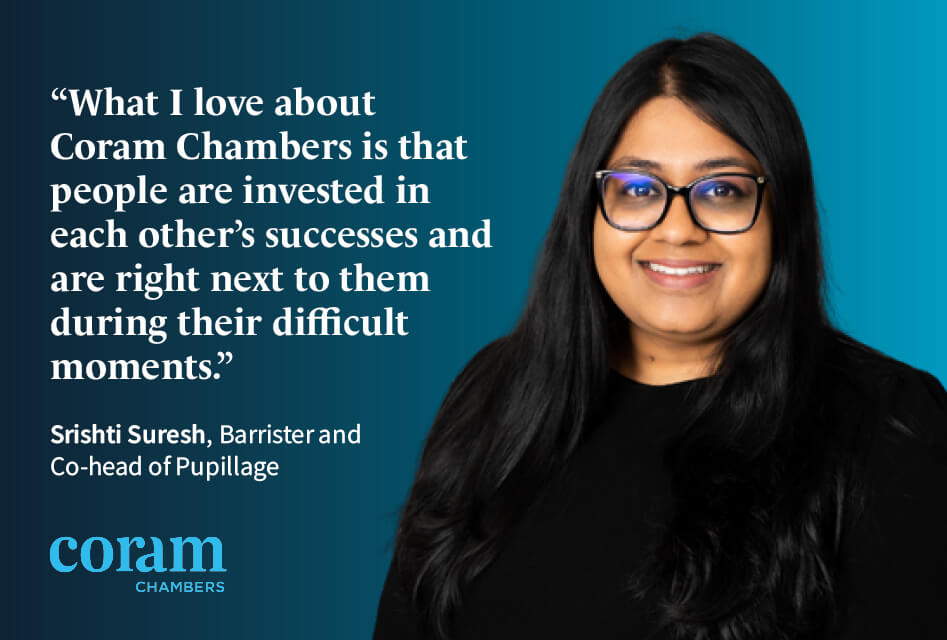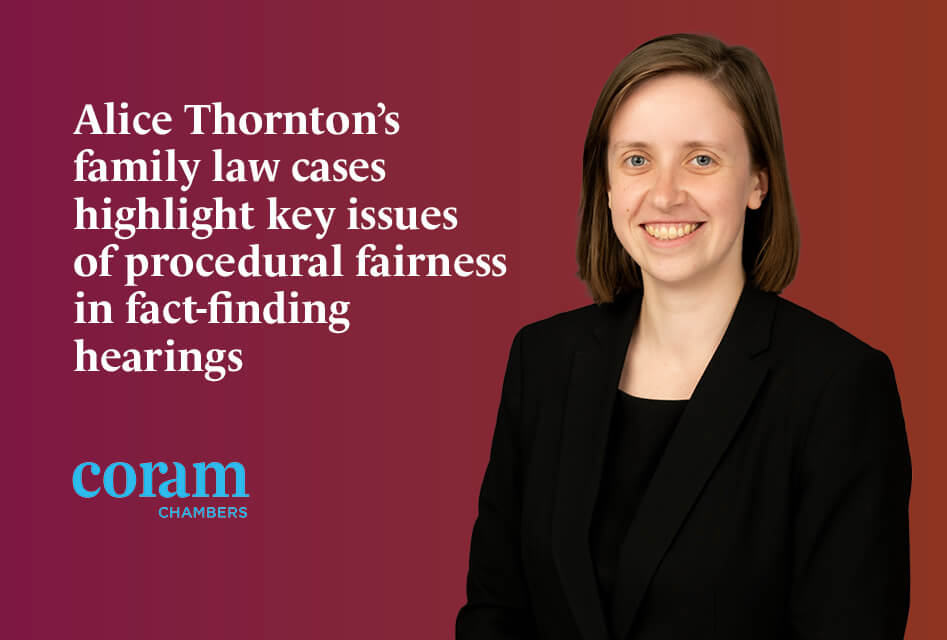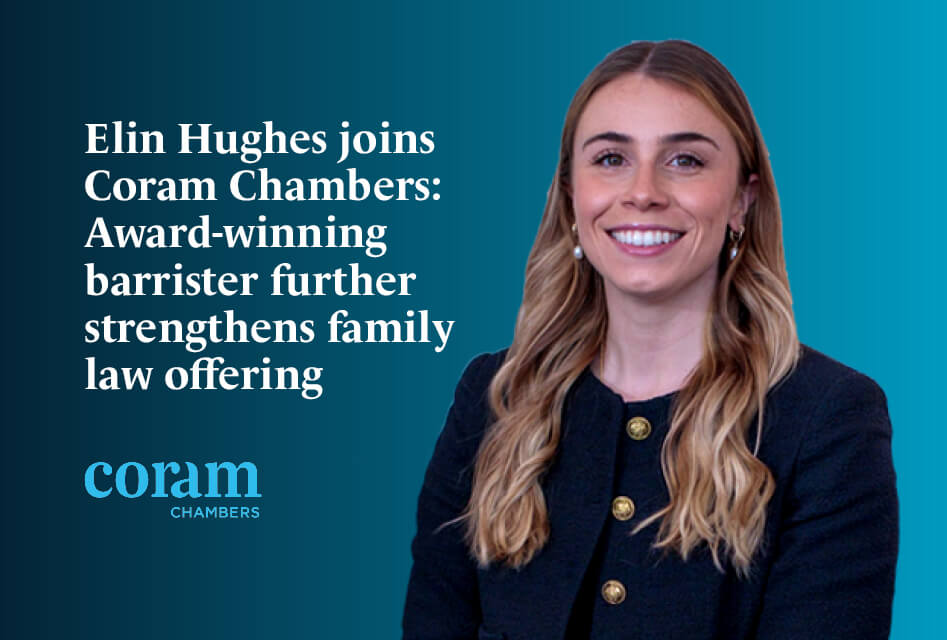
In a contribution to the ongoing discourse surrounding diversity and inclusion in the family justice system, Maya Achan, barrister at Coram Chambers, has penned an article summarising the highlights from the Family Justice Council’s Annual Conference held on 12 March 2025 in Birmingham.
Featured in July’s edition of the Family Law Journal, this piece reflects the critical discussions that unfolded during the event.
The conference commenced with an inspirational address by Sir Andrew McFarlane, President of the Family Division, who emphasised the family justice system’s vital role in recognising the diversity of those it serves. This sentiment set the tone for a day filled with dialogue among judges, barristers, social workers, and academics, all intent on sharing experiences and ideas to enhance best practices in decision-making.
The keynote lecture, delivered by Her Honour Judge Khatun Sapnara, focused on ‘Inclusive Justice: Race, Culture and The Family Courts’. In a compelling presentation, HHJ Sapnara tackled the complexities of accommodating cultural differences while ensuring equality and fairness in the courts. Her remarks resonated deeply as she underscored the importance of fostering cultural competence among legal professionals, reinforcing that our approach to justice must be as diverse as the individuals who come before it.
Throughout the day, a range of experts presented crucial insights into various aspects of diversity. This included discussions on racial disparity, issues faced by the LGBT+ community, and the unique challenges of care-experienced young parents. Each contribution highlighted the imperative for ongoing education and reform to address systemic biases, ensuring that the family justice system not only acknowledges but actively supports marginalised groups.
A standout moment was the participation of the Family Justice Young People’s Board, who provided invaluable perspectives on enhancing the experiences of children and young people within the system. Their ‘top tips’ focused on recognising individuality and ensuring that every child’s needs are met regardless of their background.
As the conference drew to a close, a palpable sense of optimism filled the room. There was a collective acknowledgment that while challenges remain, the commitment shown by professionals to improve diversity and inclusion signifies a stepping stone towards a more equitable family justice system.
Maya Achan’s article serves not only as a report on this pivotal event but also as a call to action for legal professionals to remain engaged in the dialogue and transformation of the family justice landscape. By tackling biases and embracing diversity in practice, we can work towards a fairer and more inclusive system for all.


